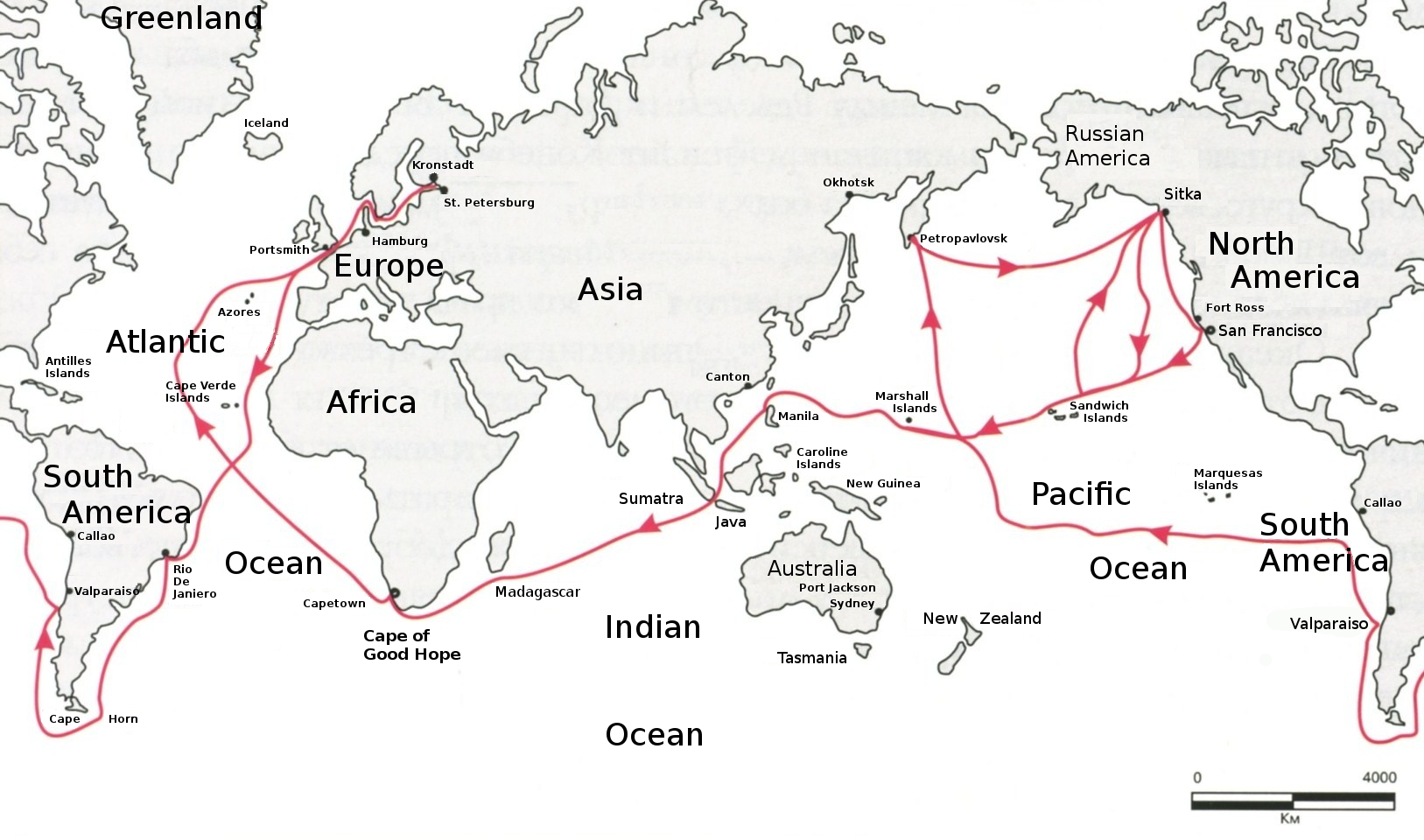|
Cunina (genus)
''Cunina'' is a genus of hydrozoan in the Cuninidae. The genus contains bioluminescent Bioluminescence is the production and emission of light by living organisms. It is a form of chemiluminescence. Bioluminescence occurs widely in marine vertebrates and invertebrates, as well as in some Fungus, fungi, microorganisms including ... species. Species The following species are recognized: *'' Cunina becki'' Bouillon, 1985 *'' Cunina discoides'' Fewkes, 1881 *'' Cunina duplicata'' Maas, 1893 *'' Cunina fowleri'' (Browne, 1906) *'' Cunina frugifera'' Kramp, 1948 *'' Cunina globosa'' Eschscholtz, 1829 *'' Cunina octonaria'' McCrady, 1857 *'' Cunina peregrina'' Bigelow, 1909 *'' Cunina proboscidea'' E. & L. Metschnikoff, 1871 *'' Cunina simplex'' Gili, Bouillon, Pagès, Palanques, Puig & Heussner, 1998 *'' Cunina tenella'' (Bigelow, 1909) References Cuninidae Hydrozoan genera Bioluminescent cnidarians {{Hydrozoa-stub ... [...More Info...] [...Related Items...] OR: [Wikipedia] [Google] [Baidu] |
Johann Friedrich Von Eschscholtz
Johann Friedrich Gustav von Eschscholtz (1 November 1793 – 7 May 1831)Sterling (1997) was a Baltic German physician, naturalist, and entomologist. He was one of the earliest scientific explorers of the Pacific region, making significant collections of flora and fauna in Alaska, California, and Hawaii. Biography Eschscholtz was born in the Livonian city of Dorpat, then part of the Russian Empire. His parents, Johann Gottfried and Katherine Hedwig Ziegler Eschscholtz were ethnic Baltic Germans. He studied medicine and zoology at the University of Dorpat and served as an assistant to Carl Friedrich von Ledebour, a professor of botany.McKelvey Eschscholtz received a medical degree in 1815. First voyage On the recommendation of Ledebour, Eschscholtz served as surgeon and naturalist on the Russian expeditionary ship ''Rurik'' under the command of Otto von Kotzebue.Daum (2019) From 1815 to 1818 the expedition circumnavigated the globe for the purposes of seeking a Northwest Passage ... [...More Info...] [...Related Items...] OR: [Wikipedia] [Google] [Baidu] |
Hydrozoa
Hydrozoa (hydrozoans; ) are a taxonomic class of individually very small, predatory animals, some solitary and some colonial, most of which inhabit saline water. The colonies of the colonial species can be large, and in some cases the specialized individual animals cannot survive outside the colony. A few genera within this class live in freshwater habitats. Hydrozoans are related to jellyfish and corals and belong to the phylum Cnidaria. Some examples of hydrozoans are the freshwater jelly (''Craspedacusta sowerbyi''), freshwater polyps ('' Hydra''), ''Obelia'', Portuguese man o' war (''Physalia physalis''), chondrophores (Porpitidae), "air fern" (''Sertularia argentea''), and pink-hearted hydroids (''Tubularia''). Anatomy Most hydrozoan species include both a polyp (zoology), polypoid and a medusa (biology), medusoid stage in their lifecycles, although a number of them have only one or the other. For example, ''Hydra'' has no medusoid stage, while ''Liriope tetraphylla, Lir ... [...More Info...] [...Related Items...] OR: [Wikipedia] [Google] [Baidu] |
Cuninidae
Cuninidae is a family of hydrozoans in the order Narcomedusae Narcomedusae is an order of hydrozoans in the subclass Trachylinae. Members of this order do not normally have a polyp stage. The medusa has a dome-shaped bell with thin sides. The tentacles are attached above the lobed margin of the bell with .... They have dome-shaped bells and tentacles set above the undulating margin of the bell. Their gastric pouches contain the gonads situated in line with the tentacles, the number of pouches being the same as the number of tentacles. The pouches do not extend below the points of origin of the primary tentacles. Members of some genera have a peripheral canal system and others do not. No radial canals or secondary tentacles are present. The Hydrozoa Directory. Retrieved 2011-11-06. [...More Info...] [...Related Items...] OR: [Wikipedia] [Google] [Baidu] |
Bioluminescence
Bioluminescence is the production and emission of light by living organisms. It is a form of chemiluminescence. Bioluminescence occurs widely in marine vertebrates and invertebrates, as well as in some fungi, microorganisms including some bioluminescent bacteria, and terrestrial arthropods such as fireflies. In some animals, the light is bacteriogenic, produced by symbiotic bacteria such as those from the genus ''Vibrio''; in others, it is autogenic, produced by the animals themselves. In a general sense, the principal chemical reaction in bioluminescence involves a light-emitting molecule and an enzyme, generally called luciferin and luciferase, respectively. Because these are generic names, luciferins and luciferases are often distinguished by the species or group, e.g. firefly luciferin. In all characterized cases, the enzyme catalyzes the oxidation of the luciferin. In some species, the luciferase requires other cofactors, such as calcium or magnesium ions, and somet ... [...More Info...] [...Related Items...] OR: [Wikipedia] [Google] [Baidu] |


